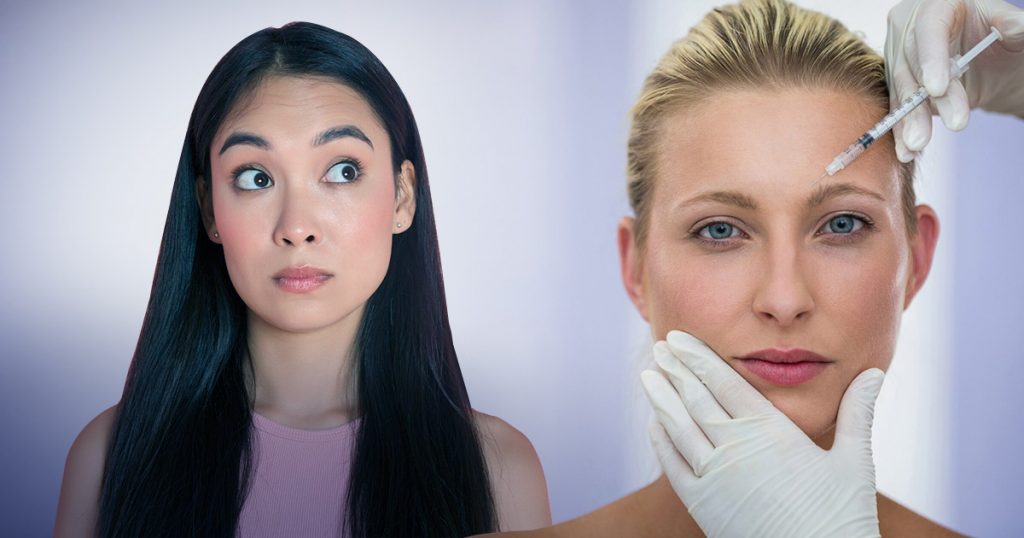Botox continues to be a top choice for those seeking a noninvasive way to reduce wrinkles and maintain a youthful appearance. However, some people experience unexpected side effects, including blurry vision after Botox. While this issue can be alarming, understanding why it happens and how to handle it can ease concerns.
Why Does Blurred Vision Happen?
Botox works by relaxing muscles, but if it spreads to unintended areas, it can affect muscles that control eye movement. This may lead to issues like blurry vision, double vision, or even a temporarily drooping eyelid.
Injections near the eyes, particularly around the forehead or between the eyebrows, pose a higher risk of diffusion into the muscles responsible for vision. While skilled practitioners aim for precise placement, minor spreading can still happen.
Does Blurred Vision from Botox Go Away?
Most vision-related side effects are temporary. As Botox gradually wears off, normal muscle function returns, usually within a few weeks to a few months. How long it lasts varies based on the injection amount, placement, and how each person’s body responds to the treatment.
Managing Blurry Vision After Botox
Step 1: Stay Calm and Observe
Noticing blurred vision after Botox can be unsettling, but staying calm is important. Most cases improve naturally without treatment. Give it a few days while resting your eyes and avoiding excessive strain.
Step 2: Avoid Rubbing or Pressing the Treated Area
Rubbing or pressing the injection area may cause Botox to migrate, affecting unintended muscles and making vision issues worse. Keeping hands away from the area helps prevent further complications.
Step 3: Use Artificial Tears if Eyes Feel Dry
Some individuals experience dry eyes along with blurry vision. Using lubricating eye drops can provide relief and reduce irritation.
Step 4: Limit Activities That Strain the Eyes
If vision problems occur, minimize activities like reading small print, staring at screens for long periods, or driving at night. Reducing strain gives the eyes time to adjust while Botox effects settle.
When Is Blurred Vision Serious?
Blurred vision after Botox is often temporary, but in rare cases, it could indicate a more serious issue. Knowing when to seek medical help can prevent further complications.
Signs That Require Immediate Attention
- Severe or worsening blurred vision – If vision keeps getting worse instead of improving, medical evaluation is necessary.
- Double vision that interferes with daily tasks – Seeing two images instead of one may suggest Botox has affected eye-muscle coordination.
- Drooping eyelid that lasts longer than expected – While mild drooping is common, persistent ptosis beyond a few months may require correction.
- Eye pain, redness, or swelling – Discomfort, irritation, or persistent redness could indicate an allergic reaction or infection.
- Sudden vision loss – Although extremely rare, Botox injected too close to certain blood vessels may cause vascular occlusion, restricting blood flow to the eye. This is a medical emergency and requires immediate treatment.
What to Do If Symptoms Persist
If any of these symptoms appear, schedule an appointment with an eye specialist. An optometrist or ophthalmologist can assess the situation and recommend appropriate steps to prevent long-term damage. In some cases, specialized treatments or eye drops may help manage symptoms while the effects of Botox wear off.
Preventing Botox Vision Problems in the Future
Choose a Skilled and Certified Practitioner
A licensed professional with experience in facial injections knows how to place Botox safely and minimize risks. Checking credentials and reading patient reviews can help in selecting a qualified provider.
Discuss Medical History and Past Reactions
Before treatment, share any history of eye issues or previous Botox experiences with the provider. Knowing about prior reactions allows adjustments in dosage and injection placement.
Follow Pre-Treatment and Aftercare Instructions
Practitioners often provide guidelines to prepare for Botox and care for the injection sites afterward. Following these instructions can reduce the chance of unwanted side effects.
Space Out Treatments to Avoid Overuse
Frequent Botox injections in the same area can increase the risk of muscle weakening or diffusion into unintended areas. Allowing time between treatments gives the body a chance to recover.
The Smart Approach to Botox and Vision Safety
Blurry vision after Botox can be concerning, but in most cases, it is temporary and manageable. Staying patient, avoiding unnecessary strain, and following proper aftercare help minimize risks. Choosing an experienced provider, discussing concerns before treatment, and recognizing when medical attention is needed can ensure a safer Botox experience. With the right precautions, Botox can deliver the desired results while keeping vision health in check.
